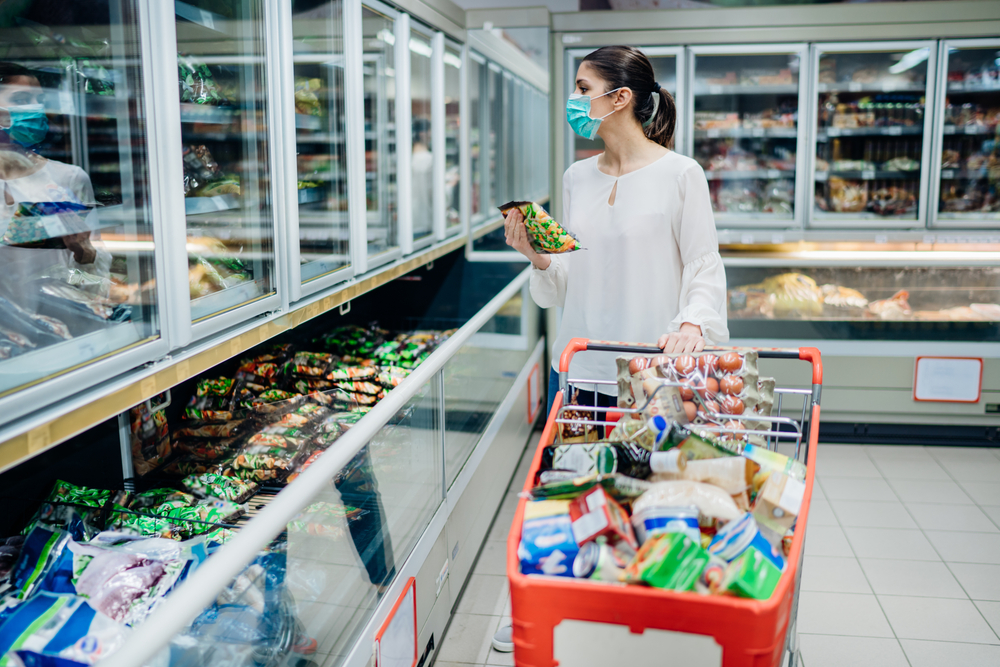If so, benefits from the Supplemental Nutrition Assistance Program (SNAP) can offer some much-needed relief.
Whether you’ve lost your job, lost income, or have been furloughed since COVID-19 arrived on the scene, that hasn’t lessened the need for food. While unemployment assistance and coronavirus stimulus checks can help bolster your finances, SNAP is a more focused way to put food on the table.
What Is SNAP?
If you’ve heard of food stamps before, that’s essentially what SNAP is. The program offers nutritional assistance to low-income individuals and families. Instead of providing that assistance via physical stamps, though, benefits are now loaded onto Electronic Benefits Transfer (EBT) cards.
Benefits are loaded each month, and those who qualify can use their EBT cards in grocery stores and farmers’ markets that participate in the program.
Does SNAP cover all items you’ll find in a store? No, as things like pet food, paper products, and alcohol are not included. You can, however, use your SNAP benefits for everyday food items like fruits, vegetables, bread, cereal, and so on.
Eligibility for SNAP
Income and resources are the two main factors that determine SNAP eligibility. The state you live in and your household size will also determine whether or not you are eligible and how much you can receive per month for food.
When it comes to income, your gross and net income will be analyzed. Your gross income equals your total income that includes things like wages, disability payments, pensions, etc. Your net income is your gross income minus deductions for utility expenses, child care, and more.
Resources like checking and savings accounts will also be part of the eligibility calculation. Although having more than one car may be counted as a resource, your home is not. And if anyone in your household is receiving Supplemental Security Income (SSI) or Temporary Assistance for Needy Families (TANF), their resources do not count.
To see your state’s guidelines on income limits, resources, and more, go here.
Applying for SNAP During COVID-19
Each state handles its own SNAP applications. Usually, states would allow people to apply in person. Since the coronavirus outbreak, that has shifted to more telephone interviews and online applications for safety reasons.
You can kickstart the SNAP application process by contacting your local office through the SNAP State Directory of Resources. Even if you think you have too much income or resources to qualify, contact them anyway. They may be able to point you in the right direction during these times of need.
Beyond SNAP, you may also want to look into the Special Supplemental Nutrition Program for Women, Infants, and Children, or WIC. It offers help for young children and women who are breastfeeding or pregnant.
You can also look for local charities and food banks that are offering assistance. They may be found by doing an online search for food banks in your city or by keeping a close eye on your local news’ websites or social media pages.




